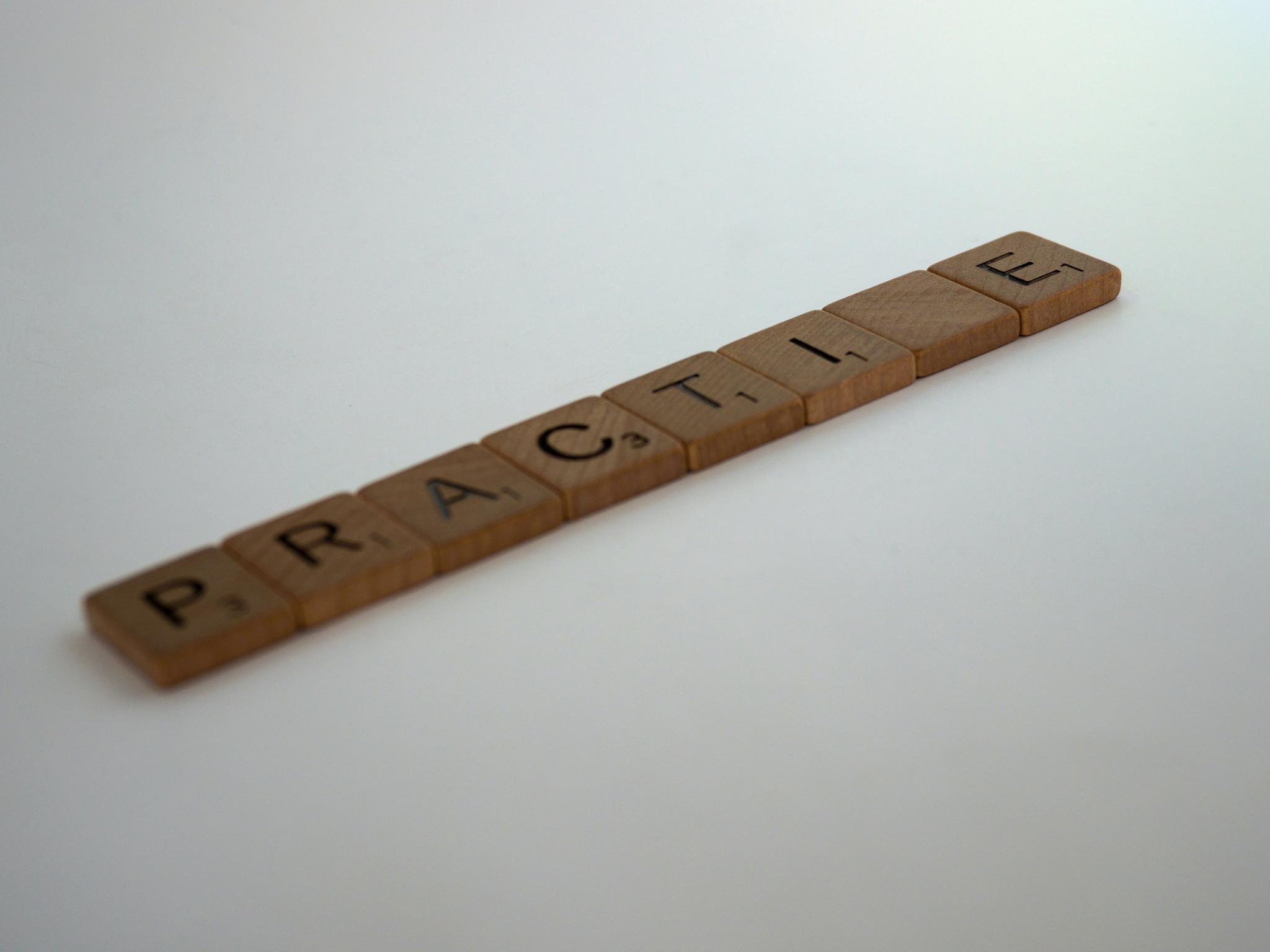"What is Writing?"

I’ve thought about this question a lot as my roles have changed from student to instructor. But as I plunged deeper into my personal study of writing, I became aware that it is extremely difficult to pin down the act as a single thing. There are a few key components, sure, the mechanical behavior, the use of process, the recursive nature—all part and parcel of what goes into the battle with the blank page. But those aren’t the only elements to consider.
There’s also the subjectivity of the writer’s relationship to writing. Some use it as a creative outlet, or as a way to organize their thinking. Some people use it to create new knowledge or challenge the status quo. Others take to journaling as a way of understanding the inner workings of their emotional landscape. And that doesn’t even begin to scratch the surface of the ways in which writing can be used. Knowing that, suddenly the simple question of what writing is takes on enormous complexity.
Writing As A Toolbox
From my perspective, however, I believe that writing should be understood in terms of the utility it offers the writer. If you’ll excuse my analogy, I think of it like a toolbox. Inside that box is everything from grocery lists to academic papers to the great American novel. Once a writer learns to use the tools in the box, they can then call upon those tools of as a means of accomplishing something.
If we take that metaphor a bit further, we can also consider that the tools inside the box of a carpenter might be slightly different from the tools of, say, an auto mechanic. The same can be said about the tools of writing used by academics versus those of poets. Still, there are some commonalities. We can consider those commonalities as the container in which our writing tools are housed. In other words, they are our box. And for me, this box starts with viewing writing as both a practice and a process.

It’s not a new idea that writing can be looked at as more than just the final draft of a piece. In his 1972 article, Teaching Writing as a Process Not a Product, scholar Don Murray suggests that writers engage with writing on the process level as a method of “discovery though language” (Teaching 2). The key word being “discovery.” When writers stop thinking about their writing as an endpoint, they can start to see it as something that can consistently be improved. Just like a person can always get a better toolbox or acquire better tools, writing can be ever-evolving. And as one learns which tools work and which don’t, they can better equip themselves for what they'd like to achieve.
Going back to our toolbox, a hammer doesn’t disappear just because you’ve used it once. You simply put it away and wait for the next time you encounter a nail. So then with writing. Use whatever you need to within the box, and when you are finished with a specific project, the tool will still be there—sharp and waiting.
The byproduct of this thinking is that the pressure to create perfect products goes away and instead is replaced by work in various stages of construction. Murray hints at this idea when he mentions the “glory of unfinishedness [sic]”(Teaching 2). Within that statement, there’s also the implication that focusing on the process can be an enjoyable activity in and of itself.

There too is the idea of writing as a practice. Through practice, the writer learns to evaluate the effectiveness of their process. Therefore, if we consider process to be the toolbox, then we can think of practice is the act of using the tools. And just like literal tools, using them is a direct avenue to getting better at using them. David Russel acknowledges this in his research on the process of revision. He states: “Change…is accomplished through…activity, whether cooperative or conflictual.” (Activity 55) In other words, a person’s writing ability develops through about the activity of writing. It’s the practice that allows that product to be realized. That’s why practice is so important.
The Fundamental Tools of Genre, Audience, and Purpose

So, let’s shift away from the box for a moment and talk about the tools inside. At the most general level, writers need to understand the concepts of genre, audience, and purpose to establish the foundation for their toolbox. These three concepts are the general purpose hammer, screwdriver, and pliers that exist in almost every toolkit. And just like each of those tools is unique, so too are genre, audience, and purpose. Fundamentally, these three concepts are useful for the qualification of the type of writing being created.
When it comes to literal tools, a hammer is useful when you need to hang a painting, but almost worthless as a tool to hold a stripped bolt. Like the hammer, genre is a worthwhile consideration when tasked with creating something that has specific guidelines. If asked by your boss to write a business letter, for example, you probably wouldn’t want to show up to work with a grocery list. Doing so would be the equivalent of trying to hammer in nails with a pair of pliers. Therefore, determining which tool is the correct one for the job is where genre, audience, and purpose come into play.
It’s important to remember that writing is almost always designed to do something. Going back to our metaphor, the purpose of a screwdriver is to install a screw. Likewise, the purpose of a novel might be to entertain. A manifesto might be useful to establish a social or political identity; a proposal, to generate some type of buy-in. Moreover, if the writer is the one holding the screwdriver and turning the screw, the audience is who that screw is being turned for.
There are more tools than just these three, of course. But already we’re starting to see how things can quickly become complex.
Unlocking The Toolbox
In addition to defining writing as a toolbox, throughout the course of this essay, I’ve also been trying to decipher HOW writing does what it does. But if I’m honest, I still don’t think I genuinely understand how to answer that question. According to Charles Bazerman, texts “create realities” and “social facts” which “affect the actions and rights of other [people]” (Speech 310-311).
So, if we think of the social facts and realities of this essay, we might say that I’ve offered you a toolbox metaphor and then made connections that reinforce said metaphor as a way of altering your reality. I’ve also arranged my ideas into the genre of an essay instead of, say, a love poem or political rhetoric. And as such, I have tried to meet what Bazerman calls “felicity conditions.” Or, simply put, the standards a text must meet for it to work (Speech 314).
In reality, though, I haven’t created anything but the words in front of both of us. But the metaphor fits. Though there isn’t an actual toolbox, I’ve tried to offer you enough connections so that you can imagine one. Maybe you’ve even tucked things inside of it while you were reading, like magazine articles, or subheadings, or clever statements about the content of this essay. In my head, though, the toolbox is green and partially hexagonal. Like the one my grandfather owned.
Bazerman aside, I chose the metaphor of a toolbox because of what it implies: that writing is inert without the writer and thoughts behind it. In other words, no one owns a toolbox unless they have a need for it. That’s why, ultimately, I view writing as a means to employ, act upon, create, and engage with ideas.
Works Cited
Bazerman, C., “Speech Acts, Genres, and Activity Systems: How Texts Organize Activity and People,” What Writing Does and How it Does it: An Introduction to Analyzing Texts and Textual Practices, Lawrence Erlbaum Assciates, Inc., 2004, pp. 309-339.
Murray, D., “Teaching Writing as a Process Not a Product”, The Essential Don Murray: Lessons from America's Greatest Writing Teacher, Heinemann, 2009, pp. 1-5
Russel, D. “Activity Theory and its Implications for Writing Instruction”, Reconceiving Writing, Rethinking Writing Instruction. Ed. Joseph Petraglia. Erlbaum,1995 pp. 51-78.
